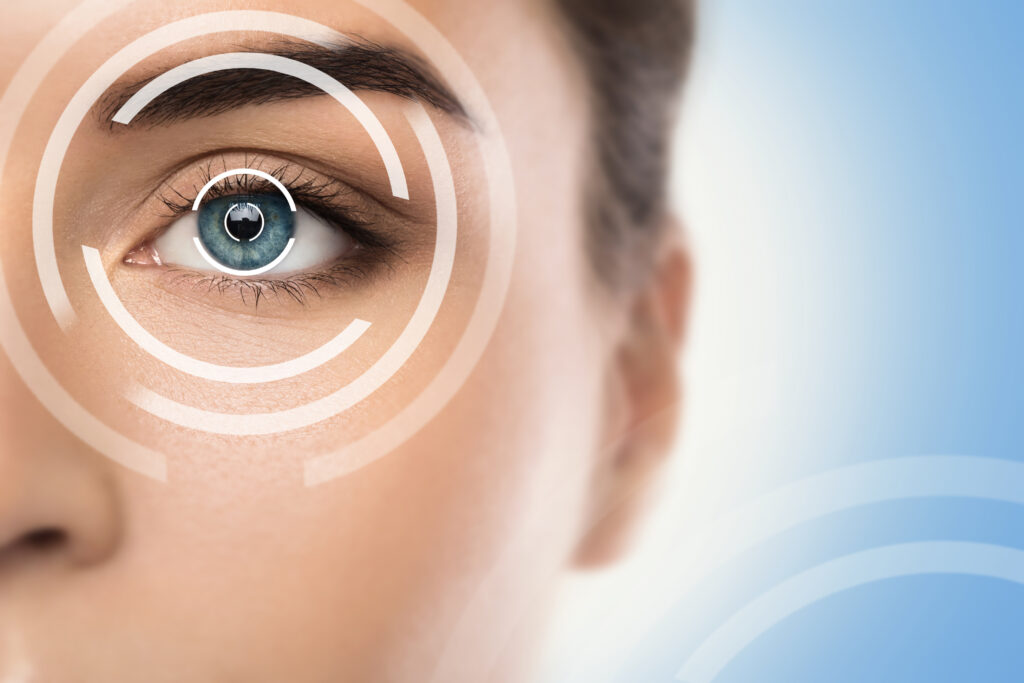
People with diabetes are two to five times more likely to develop eye diseases, including cataracts, glaucoma and diabetic retinal damage.
What is the retina?
This is a deep layer of the eye, not visible from the outside, which forms a membrane lining the back of the eye. It receives images of the objects the eye is looking at, just like the film in our old cameras. Images arriving on the retina are then sent to the brain.
The retina and diabetes:
Our eyes are two of the most sensitive organs we possess, in that they are easily affected by imbalances in the body.
When diabetic retinopathy occurs, the retinal vessels develop bleeding, and as the disease progresses, the patient begins to lose sight.
The disease takes several months to set in and progress, and many patients are initially asymptomatic. At this stage, it is much simpler to stabilize and treat the disease.
Over time, however, eyesight begins to deteriorate. At this point, it is generally much more difficult to reverse the damage to the retina.
Hence the importance of regular screening (at least once a year) for diabetic retinopathy in cases of diabetes or pre-diabetes, in order to detect the disease in its early, often asymptomatic stages, when treatment is simpler and more effective.
At Oculus eye centers from October 15 to November 15 , we’re offering you a free screening to make sure your eyes aren’t affected by diabetes.
If you have diabetes or pre-diabetes, register for an eye examination to ensure the health of your eyes.